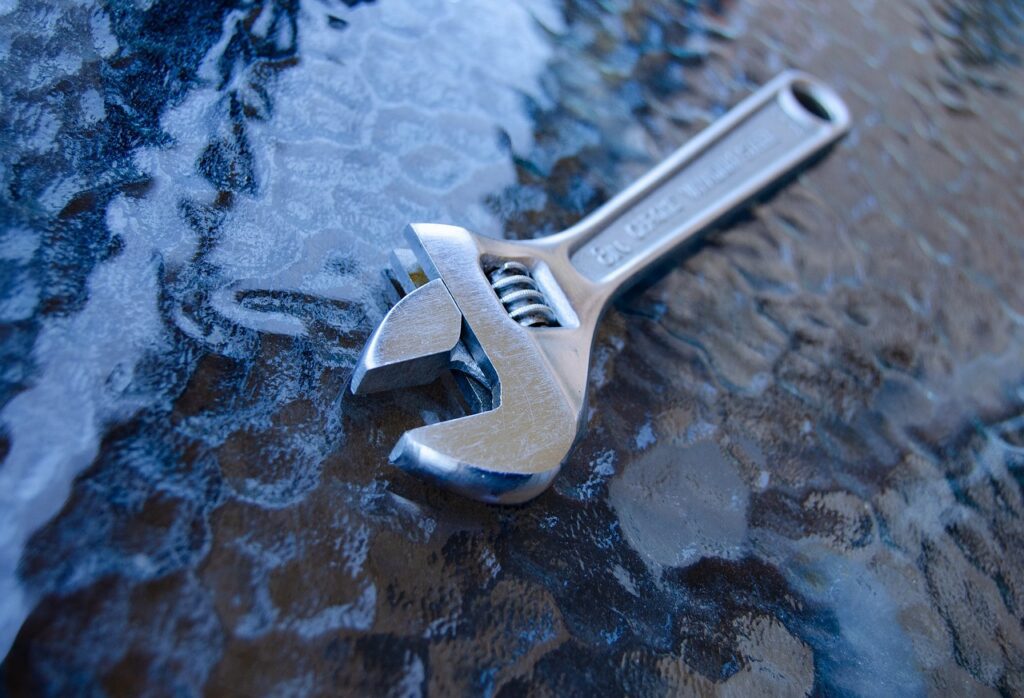Dealing with noisy water pipes can be both annoying and concerning, as it may indicate underlying issues with your plumbing system. Whether you’re hearing banging, squeaking, or whistling noises, understanding the causes and implementing the right solutions can help restore peace and efficiency to your home’s plumbing. This comprehensive guide will walk you through the step-by-step process of diagnosing and fixing noisy water pipes effectively.
Contents
- 0.0.1 Common Types of Noisy Water Pipes
- 0.0.2 Step-by-Step Guide to Fixing Noisy Water Pipes
- 0.0.3 Step 1: Identify the Source of the Noise
- 0.0.4 Step 2: Check Water Pressure
- 0.0.5 Step 3: Secure Loose Pipes
- 0.0.6 Step 4: Address Water Hammer
- 0.0.7 Step 5: Fix Whistling or Hissing Sounds
- 0.0.8 Step 6: Address Thermal Expansion Issues
- 0.0.9 Step 7: Test and Monitor
- 0.0.10 Additional Tips for Maintaining Quiet Pipes
- 0.0.11 Conclusion
- 1 Author
Common Types of Noisy Water Pipes
- Banging or Hammering Sounds:
- This occurs when water flow is suddenly stopped, causing pipes to jerk and hit against walls or framing.
- Squeaking or Chattering Sounds:
- Typically caused by loose pipes rubbing against each other or against surrounding materials.
- Whistling or Hissing Sounds:
- Often due to water flowing through narrow or partially closed valves or fittings.
Step-by-Step Guide to Fixing Noisy Water Pipes
Step 1: Identify the Source of the Noise
Before beginning any repairs, it’s crucial to identify the type and location of the noise:
- Listen Carefully: Pay attention to when and where the noise occurs. Is it specific to certain fixtures, times of day, or activities (like flushing toilets or running appliances)?
- Inspect Visible Pipes: Check accessible pipes under sinks, in basements, or crawl spaces for signs of movement, vibration, or loose fittings.
Step 2: Check Water Pressure
High water pressure is a common cause of noisy pipes, particularly banging or hammering sounds:
- Measure Water Pressure: Use a pressure gauge to measure the water pressure at a fixture. The recommended pressure is typically between 60-80 psi (pounds per square inch).
- Install a Pressure Reducing Valve (PRV): If the water pressure exceeds recommended levels, consider installing a PRV to regulate and reduce pressure throughout your plumbing system.
Step 3: Secure Loose Pipes
Loose pipes can create squeaking or banging noises as they move against walls or framing:
- Inspect and Secure: Use pipe clamps, clips, or adjustable straps to secure loose pipes to adjacent walls or framing.
- Cushion with Padding: Add foam pipe insulation or cushioning material where pipes come into contact with walls or other hard surfaces to reduce noise from movement.
Step 4: Address Water Hammer
Water hammer occurs when water flow is suddenly stopped, causing a shockwave that results in banging or thumping sounds:
- Install Water Hammer Arrestors: These devices absorb the shock caused by sudden changes in water flow, preventing pipes from banging. Install them near appliances like washing machines or dishwashers.
- Adjust Valve Closing Speed: Consider installing valves with slow-closing mechanisms to gradually stop water flow and reduce the impact of water hammer.
Step 5: Fix Whistling or Hissing Sounds
Whistling or hissing noises are often associated with restricted water flow through valves or fittings:
- Inspect Valves and Faucets: Check for any obstructions or partial closures in valves, faucets, or showerheads that may be causing restricted water flow.
- Clean or Replace Components: Remove and clean aerators in faucets or showerheads to clear out debris. Replace worn-out washers or seals in valves and fittings to ensure proper sealing and reduce noise.
Step 6: Address Thermal Expansion Issues
Thermal expansion occurs when hot water causes pipes to expand, potentially creating noise:
- Install Expansion Tanks: In closed water systems, thermal expansion can lead to noisy pipes. Expansion tanks absorb excess pressure caused by heating water, reducing noise and preventing potential damage to pipes.
Step 7: Test and Monitor
After making adjustments or repairs, it’s essential to test your plumbing system and monitor for any recurrence of noise:
- Run Water at Different Fixtures: Test water flow at various fixtures and appliances to ensure that noise issues have been resolved.
- Monitor Over Time: Keep an eye on your plumbing system over the next few days to ensure that all connections remain secure and that noise problems do not return.
Additional Tips for Maintaining Quiet Pipes
- Regular Maintenance: Perform periodic checks and maintenance on your plumbing system to catch any potential issues early and prevent noisy pipes.
- Insulate Pipes: Use foam pipe insulation to reduce noise from thermal expansion and contraction, as well as to conserve energy by maintaining water temperature.
- Professional Assistance: If you’re unsure about diagnosing or fixing noisy pipes, or if the issue persists despite your efforts, consider consulting a licensed plumber for a thorough inspection and resolution.
Conclusion
By following this comprehensive guide and addressing the specific causes of noisy water pipes in your home, you can effectively restore peace and functionality to your plumbing system. From checking water pressure and securing loose pipes to addressing water hammer and thermal expansion, these steps will help you diagnose and fix noisy pipes while ensuring efficient water flow and minimizing potential damage. If you encounter difficulties or need further assistance, don’t hesitate to seek professional help to maintain a quiet and reliable plumbing system in your home.










